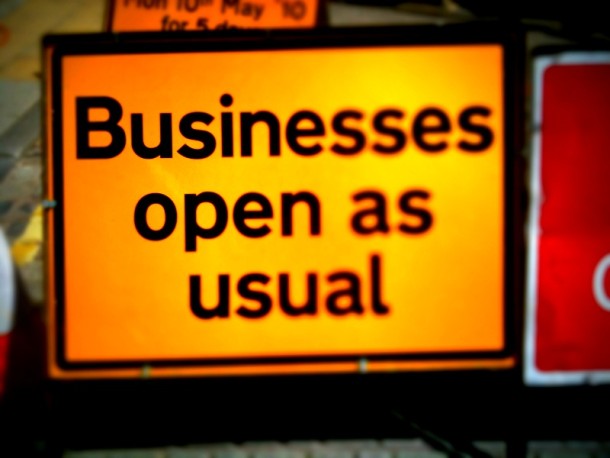
If you’re the owner of a small business, you’ll know there are plenty of rules and regulations to follow on a daily basis. While it might all seem a little overwhelming at times, there are several things you can do to stay on the right side of the law such as:
Keeping data secure
The Data Protection Act 1998 is taken very seriously in the UK, with professionals including doctors, lawyers and social workers expected to keep documents and vital information safe and secure. To lose or damage files could be considered a criminal offense, so it’s essential to take care of data in any way possible be it making backups, utilising off-site storage facilities or making the most of services such as document scanning from Kelly’s Storage. The latter allows you to create electronic versions of any documents you want to which can then be found and accessed by authorised personnel at any given time.
Providing the right protective wear
According to the Personal Protective Equipment at Work Regulations 1992, employers should supply personal protective equipment (PPE) to protect staff against health and safety risks. So, whether you run a small building company or a catering firm, you must provide the right items free of charge which might include safety hats, safety gloves, high-visibility clothing, safety footwear, safety harnesses or anything else that could make the job safer. Employees should also be trained how to use the equipment properly and know how to detect and report any faults.
Carrying out a risk assessment
Employers have a duty of care towards their staff and should not place them in any unnecessary danger. With this in mind, a thorough risk assessment must take place in order to identify certain hazards including (but not limited to) wobbly steps, very hot water, loose cables or faulty electronic goods. There are many ways to carry out a thorough risk assessment but it’s wise to appoint a competent person who understands the job at hand and can work in a methodical and detailed way.
Putting up warning and hazard signs
Following a risk assessment, appropriate action must be taken to ensure hazards are made safe. If there’s no other way to eliminate risk, signs must be used to warn staff members about specific dangers be it a low ceiling or a slippery decking. The Health and Safety (Safety Signs and Signals) Regulations 1996 also outline the minimum requirements for putting up fire safety signs, so it’s well-worth reading up on the law if it has slipped your mind.
Compliancy rules come in all different shapes and forms. Some will be relevant to your line of work, some won’t, but it’s up to you to ensure your business is operating in an appropriate way – after all you don’t want to end up in court if an employee injures themselves or a confidential document goes missing. Mistakes happen but it’s best to guard against them in every way possible and the law is there for your own health and safety as well as those who work for you.
Photograph by danielweiresq

